19+ Sample Procedure Scope of Works
-
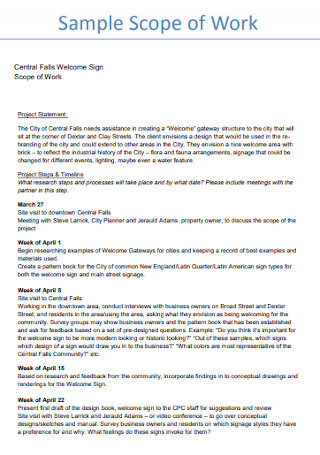
Sample Procedure Scope of Work
download now -
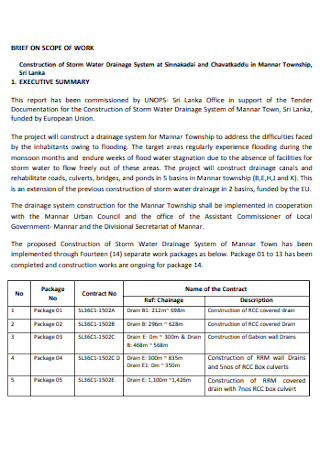
Brief on Procedure of Scope of Work
download now -
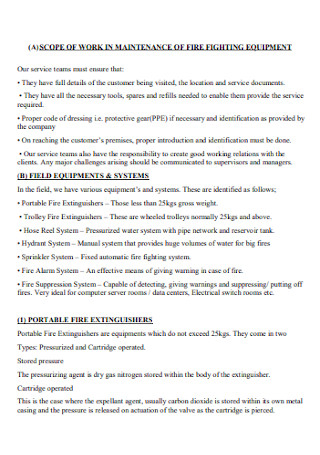
The procedure of Scope of Work of Fire Equipment
download now -
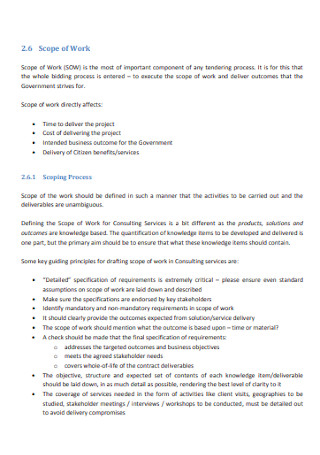
Procedure Scope of Work Format
download now -
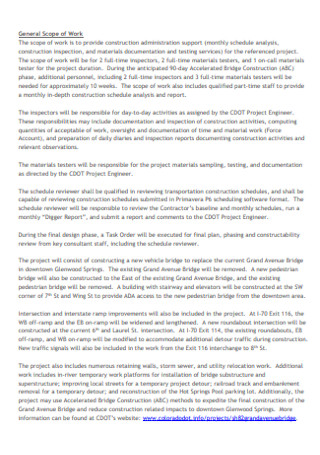
General Scope of Work Template
download now -
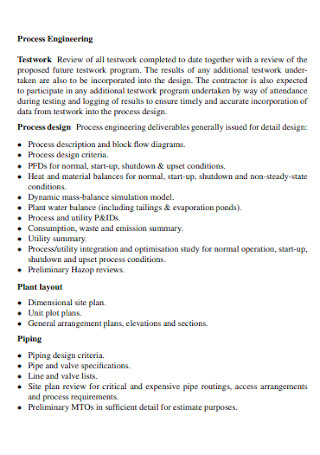
Procedure Engineering Scope of Work
download now -

Procedure Scope of Work Specification
download now -
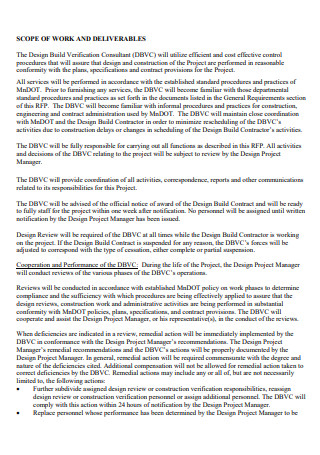
Procedure Scope of Work Deliverables
download now -

Procedure Scope of Work for Annual Contract
download now -
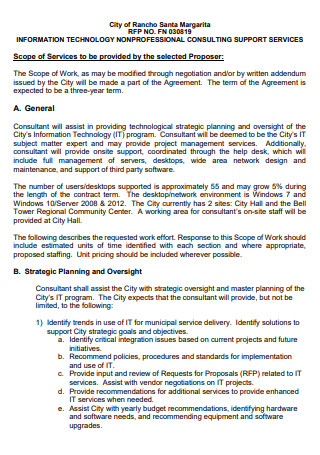
Consulting Scope of Work
download now -
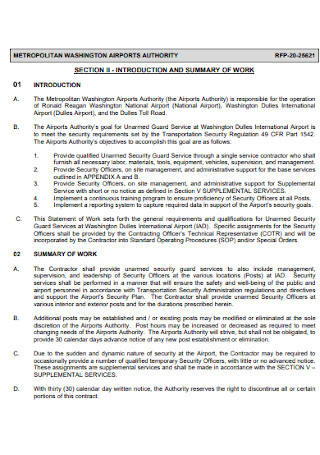
Scope of Work Unnamed Secure Gard
download now -
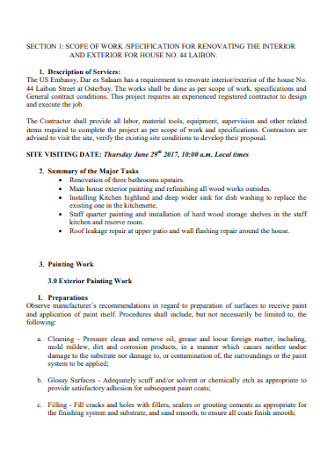
Procedure Scope of Work for House
download now -

Standard Procedure Scope of Work
download now -
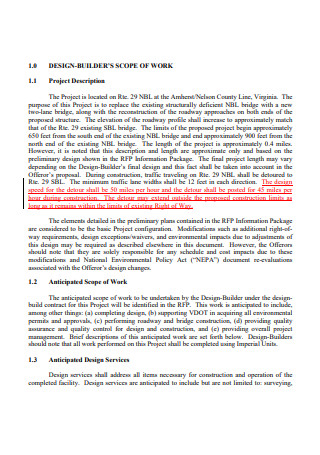
Design Builders’ Scope of Work
download now -
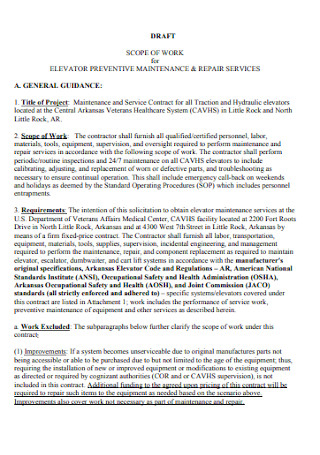
Procedure Scope of Work Repair Service
download now -
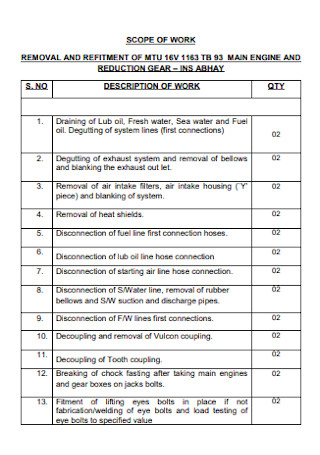
Formal Scope of Work
download now -
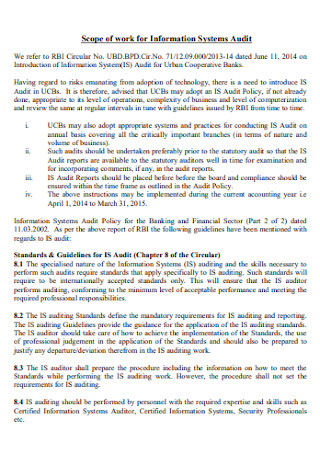
Scope of Work for Systems Audit
download now -
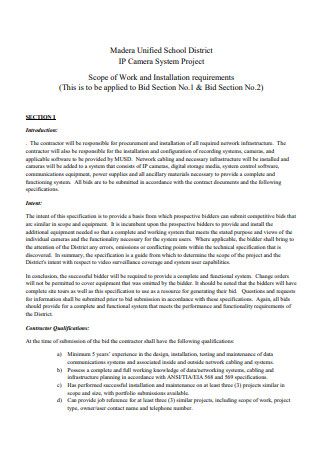
Project Procedure Scope of Work
download now -
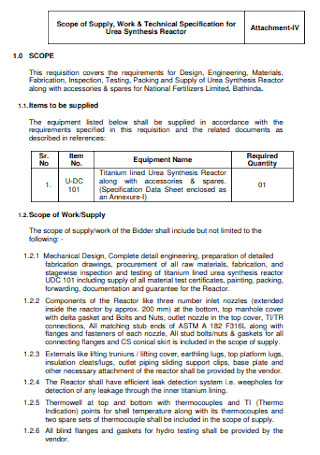
Procedure Scope of Supply Work
download now -
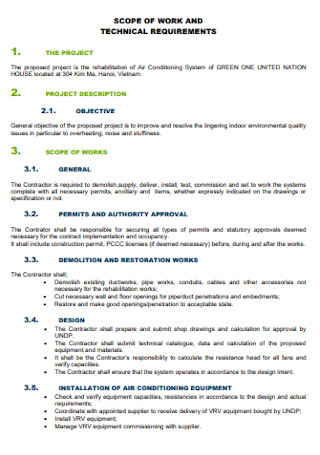
Scope of Work Technical Requirements
download now
Writing clear and concise procedures helps the company to achieve faster training for its employees, especially new team members, to learn organizational processes and systems. Human resources teams can provide procedures for onboarding new employees in the employee handbook. It also increases the accuracy and improves the efficiency of team members when performing recurring tasks. Creating complete and comprehensive procedures saves time and money for the organization. Similarly, writing procedures for a scope of work is essential. What is a scope of work, and what is the advantage of having clear procedures in writing a scope of work document? The article contains valuable information about the scope of work, including its description, components, and the procedure of writing the document. A section also answers frequently asked questions about the document from different people, industries, and sectors.
What Is a Scope of Work?
Scope of work is a business document that is essential to project management. It describes the extent of the framework of a project. Scope of work documents guarantees that parties engaging in an arrangement, agreement, or contract agree on the terms and conditions regarding the performance of tasks and activities that individuals and teams need to perform, carry out, and deliver in a project lifecycle. It helps align expectations, criteria, and terms clearly and concisely. Scope of work documents is common when organizations work with outside teams. As such, it must be clear, use simple terminology and language, and set detailed tasks, outputs, and other necessary activities. Constructing a good scope of work avoids some of the biggest project management problems and issues, including confusion, miscommunication, and disputes over the responsibilities of individuals. It also lessens the occurrence of misinterpretations of expectations and needs of the company. Creating a comprehensive and perfect document is almost impossible. However, writing an easily understandable scope of work ensures that the company, its stakeholders, and outsourced teams working on projects have a clear idea or picture of a successful project and the steps to get there.
According to the data from Statista regarding the global outsourcing industry revenue from 2010 to 2019, the business process outsourcing or BPO industry generated over 26 billion US dollars in 2019 alone.
Components of a Scope of Work
As specified earlier, the scope of work is a detailed document that provides a reference to people working and collaborating to accomplish a project. As such, the scope of work document must contain specific information about the arrangement between two parties. The scope of work also depends on the specific needs of the involved parties and the project. The section below details the essential elements that must be present in the document, including clear definitions and additional information for each one.
Procedure For Writing the Scope of Work
There is no single way of writing a scope of work document. However, there are some general rules, guidelines, and considerations when working with the document. Since the scope of work requires a high level of detail and clarity, it is necessary to take time to ensure that you come up with a comprehensive document. As such, the section below covers a series of steps to construct an effective scope of work document for your next project.
-
1. Define a Clear Set of Objectives for the Project
Having a clear idea of the goals and objectives of the project allows you to highlight and stress the final goal of the project. It reiterates the significance of the project into something realistic and valuable to a client and other stakeholders. It must fully explain what the project expects to achieve. Objectives define the deliverables in detail to guarantee there is no confusion between the project stakeholders. It is worth noting that deliverables can be accepted or rejected. The greater the detail you put into the project objectives, the easier it is to identify and describe deliverables.
-
2. Indicate a Clear Representation of the Project Steps
This step requires a lot of work. After identifying the project objectives and its deliverables, the next step is to explain in detail what tasks need to be in the project to deliver the expected outputs. Task management is a factor that contributes to the success of the project. To start, make sure that you have a task list of all the resources you need to accomplish the project and deliver it successfully. Focus more on the action plan, setting them up in a chronological order that considers dependencies. Lastly, indicate what is not covered by the project to prevent scope creep and wasting necessary resources.
-
3. Develop a Realistic Project Schedule
After establishing what you need to accomplish and how to do it, the next step is to decide how long the project takes. If it is a large-scale and complex project, it requires you to set multiple project milestones along the way. Each of these milestones must deliver a subset of the final output. Utilizing a Gantt chart to visualize each milestone of the project is an excellent way to record them. You must also consider allotting room to prepare for any risks or obstacles that arise during the project term. Underpromising and overdelivering is a way to guarantee that the stakeholders are happy with project outcomes while staying on schedule.
-
4. Settle on Final Project Pricing
After identifying the deliverables, the delivery process, and the time it takes to complete them, you must now have an idea of the resources you need to implement for project success. These resources include raw materials, technology, and human resources, including hired subcontractors for the project. Afterward, settle on price lists and payment terms. If there are project milestones, observe payments at the end of each one as deposits and a final payment at the project completion. If the arrangement calls for fixed fees and variable costs, make sure to include them to avoid confusion and disputes. Make sure to indicate the payment methods and other payment terms that require clarification.
-
5. Prepare to Get to Work After Mutual Agreement
The last step of the scope of work is to get the agreement of every involved party. Review the document together and guarantee that everyone knows about the success criteria for the acceptable deliverables. The next step is to get the stakeholders to sign off the document, and since it is an enforceable agreement, both parties can sign. Starting any project without the consent of all the parties is disastrous, costing a company more resources than necessary, to the extent of facing court to settle disputes.
FAQs
How do you define scope?
According to Investopedia, the scope refers to the combined activities and requirements that entities need to complete a particular project. The term is often present in project management and consulting operations.
Who is responsible for providing the scope of work?
The client and the project manager both work together to develop the scope of work for a project.
What is the importance of having a scope of work?
Regardless of the industry utilizing the scope of work, it bears significance as it provides the necessary details to a client to create a fair price quotation.
Scope of work documents is valuable in various industries, no matter their size and range. It is one of the most critical documents that companies use in the implementation of different projects and programs. It provides a clear outline of the entire project procedure and guarantees an effective timeline and transparent agreement. Remember that parties must never push forward without a clear and concise scope of work as it becomes impossible to deliver a product that meets all expectations within the project budget and timeframe. Write the scope of work for your company by downloading from 19+ SAMPLE Procedure Scope of Works in PDF | MS Word only from Sample.net.
